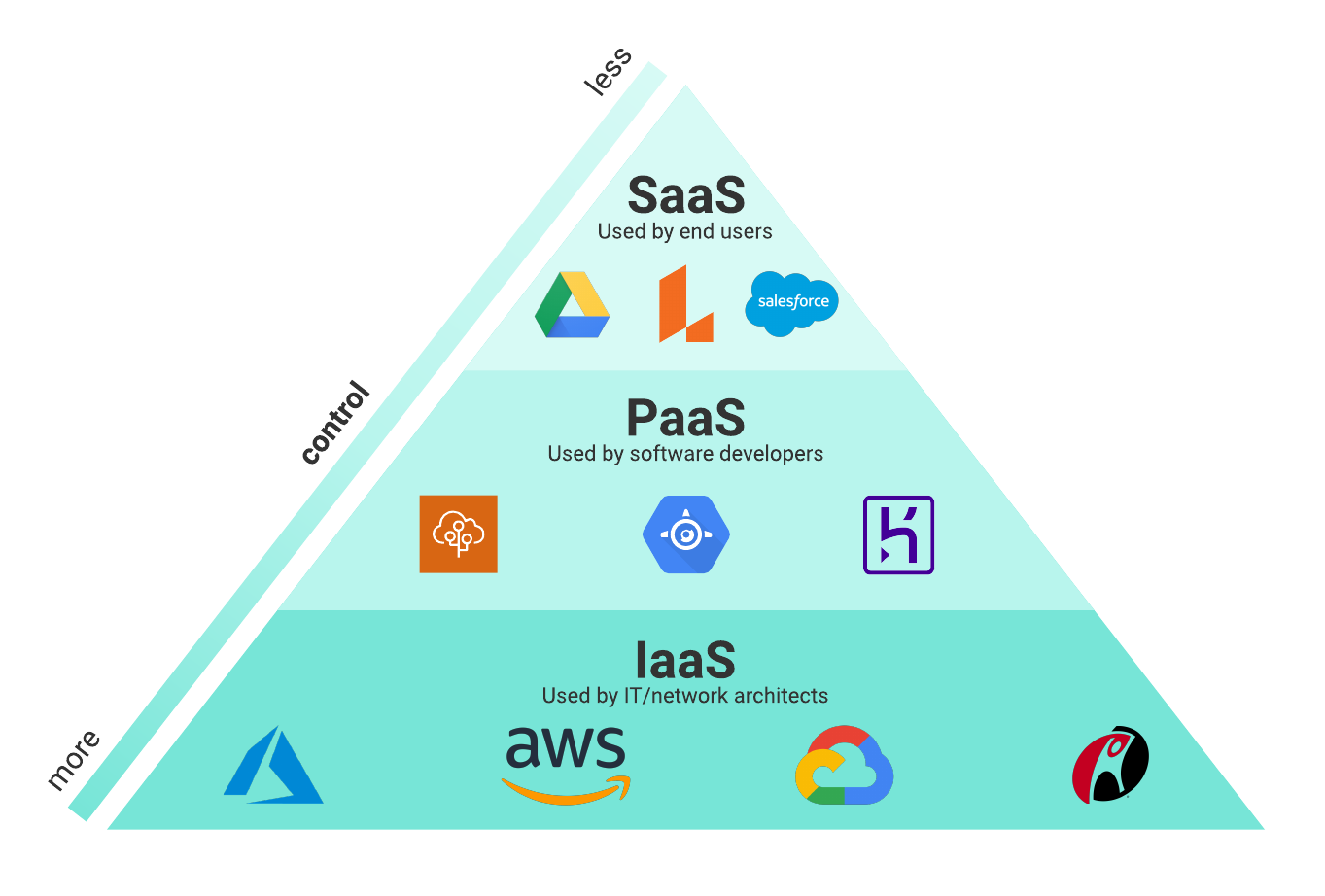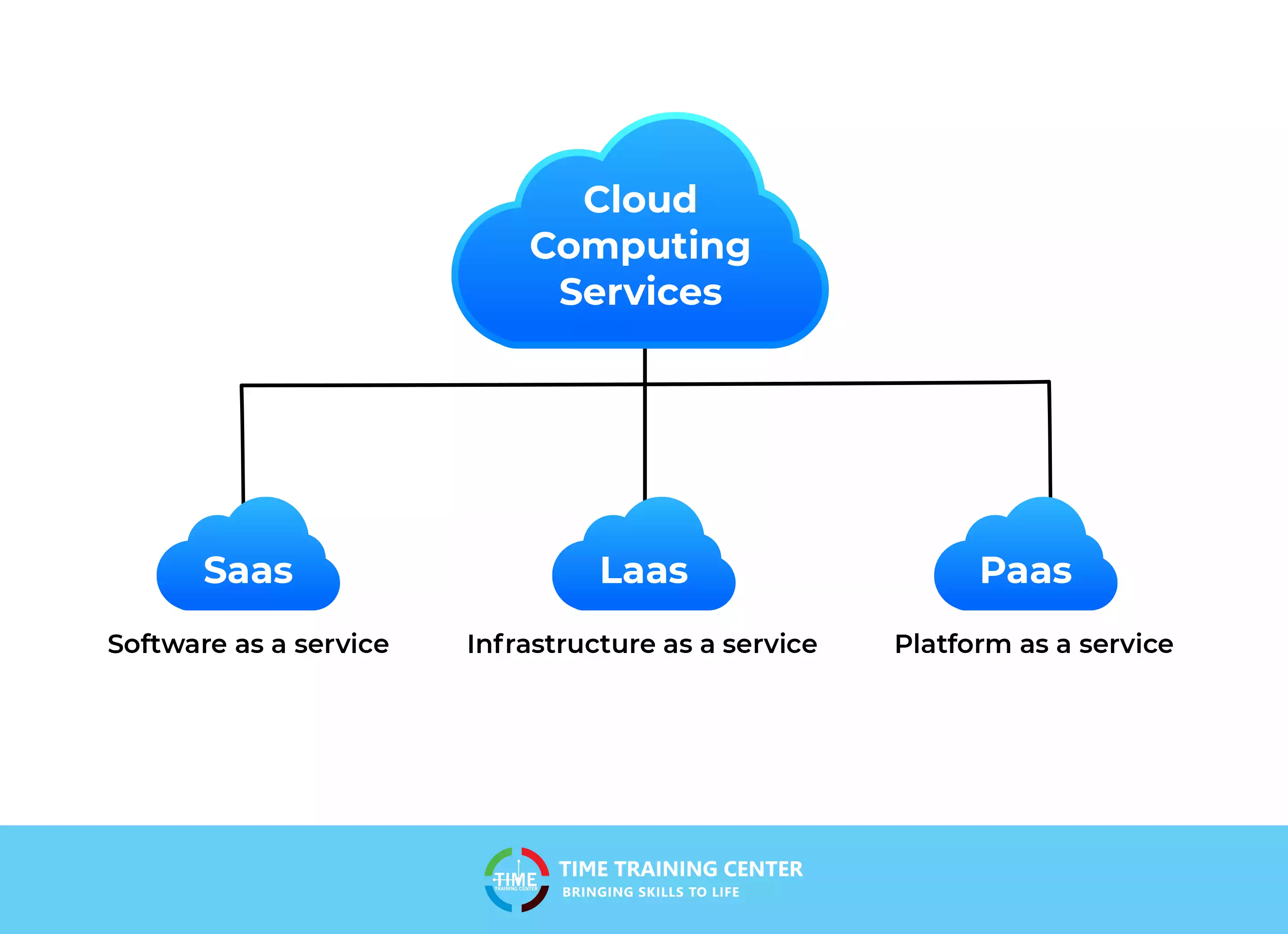Discover LinkDaddy Cloud Services for Universal Cloud Service Success: Press Release Insights
Discover LinkDaddy Cloud Services for Universal Cloud Service Success: Press Release Insights
Blog Article
Simplify Your Framework With Cloud Solutions
As organizations navigate the ever-evolving landscape of modern technology and data administration, the duty of cloud solutions in streamlining framework has actually become progressively famous. The attraction of structured procedures, boosted efficiency, and boosted source allotment through cloud services is undeniable. Nevertheless, the journey towards a more nimble and cost-effective IT facilities involves greater than just migrating to the cloud. It needs a critical technique and a deep understanding of the subtleties of cloud adoption. So, how can services successfully navigate this shift and genuinely unlock the potential of cloud solutions for simplifying their infrastructure?
Advantages of Cloud Provider
Cloud services provide a structured technique to handling IT infrastructure, supplying services with versatility, scalability, and cost-efficiency. One of the key advantages of cloud services is the scalability they offer.
In addition, cloud solutions get rid of the need for businesses to buy expensive software and hardware. This cost-efficiency is a considerable benefit, specifically for tiny to medium-sized business seeking to reduce upfront expenses. By using cloud solutions, organizations can access high-grade IT resources without the hefty price tag connected with standard facilities configurations.
Moreover, cloud services give companies with the versatility to access their data and applications from anywhere with an internet link. This degree of access enhances collaboration among teams, makes it possible for remote job, and increases general efficiency. The adaptability used by cloud services empowers companies to adjust quickly to transforming market conditions and consumer demands.
Cost Cost Savings and Scalability
Along with the operational advantages highlighted earlier, the assimilation of cloud services right into a firm's infrastructure generates considerable cost financial savings and enhanced scalability. Cloud services offer a pay-as-you-go design, enabling businesses to range sources up or down based on present demands, therefore staying clear of the prices connected with keeping excess capacity. This adaptability makes it possible for companies to adjust rapidly to rising and fall needs without incurring unnecessary costs.
In addition, cloud services eliminate the need for ahead of time financial investments in software and hardware, lowering funding expenditures. Operating costs are likewise decreased as business no much longer need to take care of and keep physical servers, resulting in reduced energy consumption and IT staffing prices. Furthermore, cloud solutions give automated updates and upkeep, ensuring that the facilities remains protected and current without needing hands-on treatments.
Improved Protection Measures
Applying rigorous security procedures is critical when integrating cloud solutions right into a firm's facilities to guard delicate information and guarantee compliance with industry guidelines. Cloud service companies use enhanced safety and security functions such as information encryption, firewall software defense, and multi-factor verification to minimize cybersecurity risks.
Moreover, normal protection audits and conformity assessments aid determine susceptabilities and make certain adherence to industry criteria. Companies can additionally gain from features like automatic safety and security updates and real-time risk tracking supplied by cloud service providers. By prioritizing safety procedures and staying positive in resolving possible dangers, companies can confidently utilize cloud services while securing their valuable data from unauthorized accessibility or breaches.
Transitioning to Cloud Infrastructure
To efficiently incorporate cloud solutions into a business's facilities, an organized technique that resolves the change towards cloud-based options is important. Transitioning to shadow facilities includes careful planning and execution to guarantee a smooth migration procedure - linkdaddy cloud services.
Once the assessment is full, a movement approach must be established. This approach ought to detail the timeline, sources, and responsibilities for moving each component to the cloud. It is vital to connect this plan clearly to all stakeholders to make certain alignment and reduce disruptions during the change.
Throughout the movement procedure, surveillance and screening are important to recognize and address any kind of concerns promptly. Normal checkpoints should be established to track progression and make required adjustments. In addition, training for employees on making use of cloud services must be provided to make sure a successful transition and make best use of the advantages of the new facilities.
Best Practices for Cloud Adoption
Successful fostering of cloud services pivots on the critical positioning of company goals with technological capabilities and organizational preparedness. To ensure a smooth change to the cloud, companies should start by carrying out a thorough assessment of their current infrastructure and recognizing which workloads are best suited for cloud movement. It is important to involve essential stakeholders from different divisions in the decision-making process to get buy-in and attend to any kind of concerns at an early stage.
An additional finest method for cloud adoption is to prioritize security and compliance. Organizations must very carefully assess the security measures used by cloud solution companies and guarantee that their data is secured according to sector requirements and regulatory requirements. Carrying out durable information encryption, accessibility controls, and normal protection audits can help reduce dangers connected with cloud fostering.

Verdict

As companies browse the ever-evolving landscape of modern technology and information management, the role of cloud services in streamlining framework has actually come to be significantly noticeable - cloud services press release. Just how can companies effectively navigate this shift and genuinely open the potential of cloud solutions for streamlining their infrastructure?
Cloud services supply a structured method to managing IT infrastructure, providing organizations with scalability, cost-efficiency, and flexibility. By utilizing cloud solutions, businesses can access premium IT sources without the large cost tag associated with traditional facilities arrangements.
To guarantee a smooth change to the cloud, companies must begin by performing a detailed analysis of their present framework and recognizing which work are best matched for cloud linkdaddy cloud services migration.
Report this page